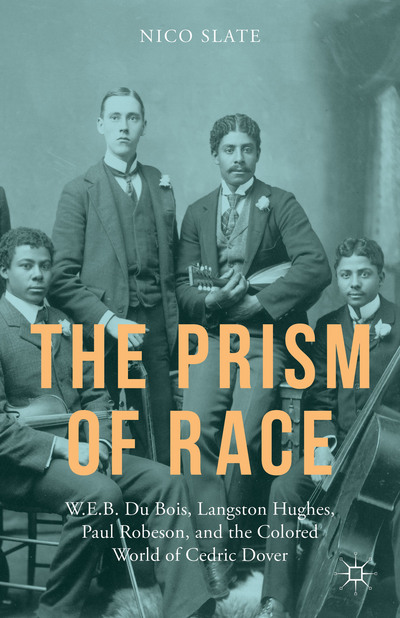The Prism of Race: W. E. B. Du Bois, Langston Hughes, Paul Robeson, and the Colored World of Cedric Dover [Silkey Review]Posted in Articles, Biography, Book/Video Reviews, History, Literary/Artistic Criticism, Media Archive, United States on 2016-12-16 01:23Z by Steven |
Journal of American History
Volume 103, Issue 3, December 2016
pages 822-823
DOI: 10.1093/jahist/jaw452
Sarah L. Silkey, Associate Professor of History
Lycoming College, Williamsport, Pennsylvania
The Prism of Race: W. E. B. Du Bois, Langston Hughes, Paul Robeson, and the Colored World of Cedric Dover By Nico Slate. (New York: Palgrave Macmillan, 2014. xviii, 246 pp. $90.00.)
Nico Slate explores the evolution of twentieth-century “colored cosmopolitanism,” an intellectual movement to unify the “colored world” around shared experiences of exploitation and oppression, through the lens of Cedric Dover’s transnational intellectual and artistic circles (pp. 17, 19). Observing how African Americans represented “a racial minority within the United States but a racial majority within the colored world,” Dover (1904–1961), a scholar and Indian nationalist of mixed-race ancestry from Calcutta, advocated “colored solidarity” as a tool for antiracist, anti-imperialist activism to achieve social justice on a global scale (p. 141). Seeking inspiration and friendship from African American intellectuals, Dover taught at Fisk…
Read or purchase the review here.
